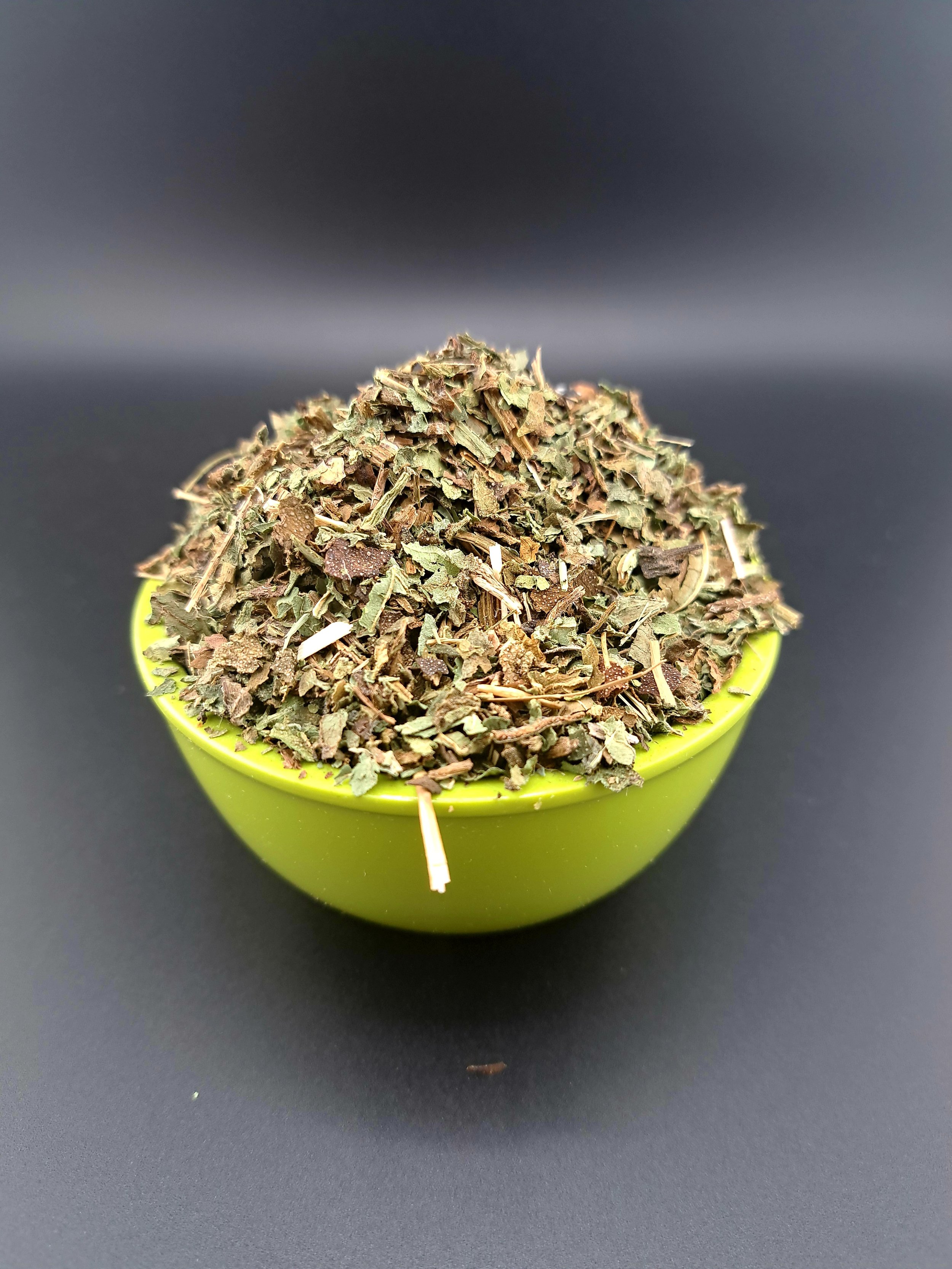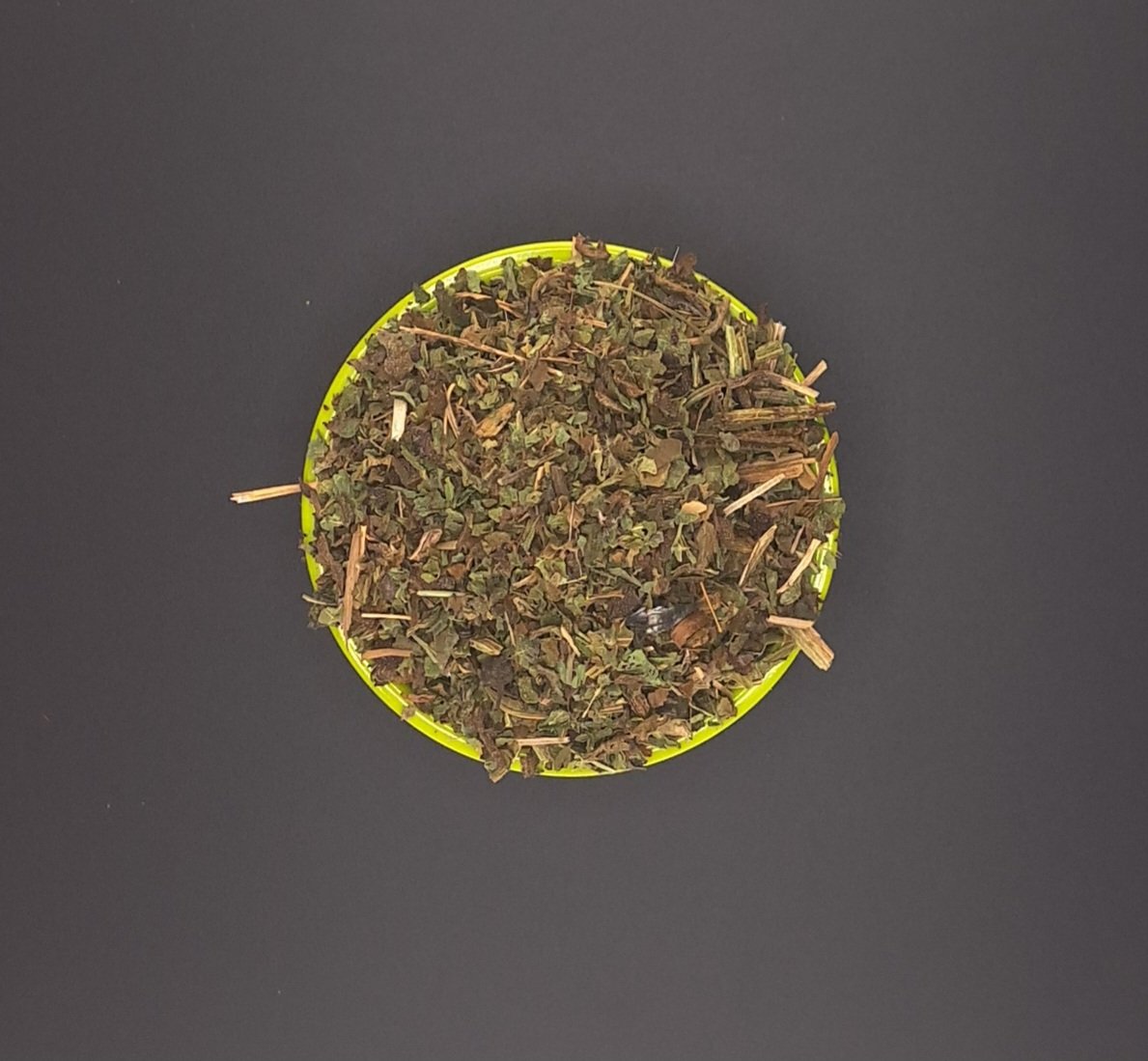Comfrey (Symphytum officinale) is a perennial herb known for its hairy leaves and bell-shaped flowers. Traditionally, comfrey has been used for various medicinal and topical applications. Here are some key points about comfrey:
Traditional Uses:
Topical Healing:
Comfrey is often used topically for its potential wound-healing properties. It has been traditionally applied to minor cuts, bruises, sprains, and wounds to promote tissue repair.
Anti-Inflammatory:
The herb is believed to have anti-inflammatory effects, which may contribute to its traditional use for managing conditions like joint inflammation and arthritis.
Skin Conditions:
Comfrey is sometimes used in herbal salves, creams, or ointments for skin conditions, such as eczema and dermatitis.
Bioactive Compounds:
Allantoin:
Comfrey contains a compound called allantoin, which is believed to contribute to its skin-soothing and wound-healing properties.
Mucilage:
Mucilage, a gel-like substance found in comfrey, may have moisturizing and emollient effects on the skin.
Preparations:
Comfrey Salves or Ointments:
Comfrey leaves or root extracts are sometimes used to make topical preparations, such as salves or ointments.
Herbal Infusions:
Comfrey leaves can be used to make herbal infusions or teas, although internal use is somewhat controversial due to potential liver toxicity concerns.
Precautions:
Liver Toxicity Concerns:
Comfrey contains pyrrolizidine alkaloids, compounds that can be toxic to the liver. Prolonged or excessive internal use of comfrey is discouraged due to the potential risk of liver damage.
Pregnancy and Lactation:
Pregnant and breastfeeding individuals should avoid internal use of comfrey due to the pyrrolizidine alkaloid content.
Topical Use Only:
While topical use of comfrey has been traditional, internal use is generally not recommended without the guidance of a qualified healthcare professional.
Allergic Reactions:
Some individuals may be sensitive or allergic to comfrey. It's advisable to perform a patch test before using comfrey topically.
Harvesting and Quality:
If harvesting comfrey for personal use, it's important to ensure the source is free from contaminants and grown in a safe environment.
Due to concerns related to the potential toxicity of pyrrolizidine alkaloids, caution should be exercised when using comfrey. While topical use has been traditional, internal use should only be done under the guidance of a qualified healthcare professional. It's crucial to be aware of the potential risks and to use comfrey products responsibly. As with any herbal remedy, individual responses can vary, and consulting with a healthcare professional is recommended, especially if you have specific health


